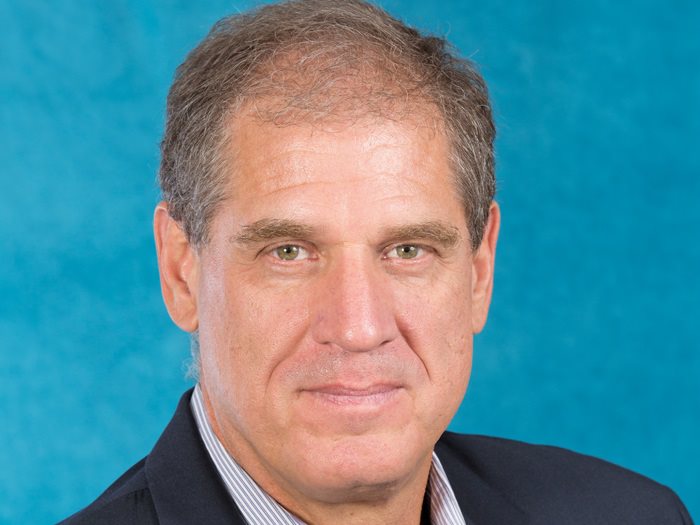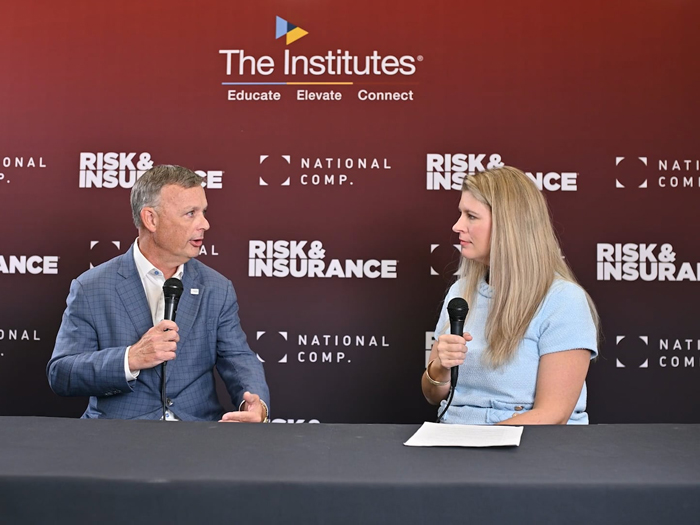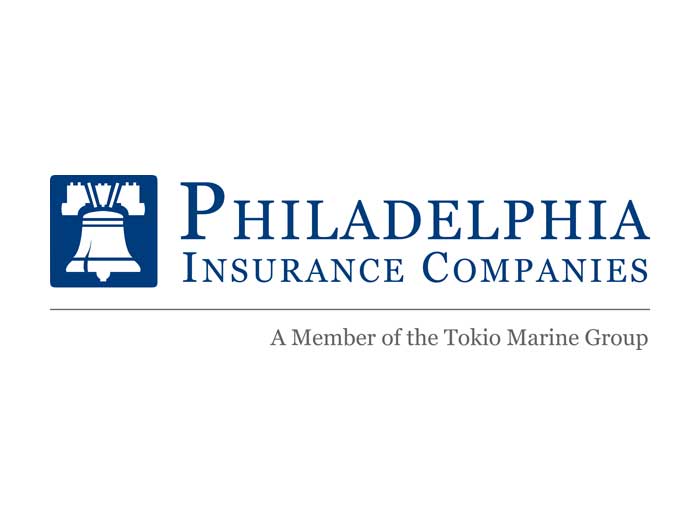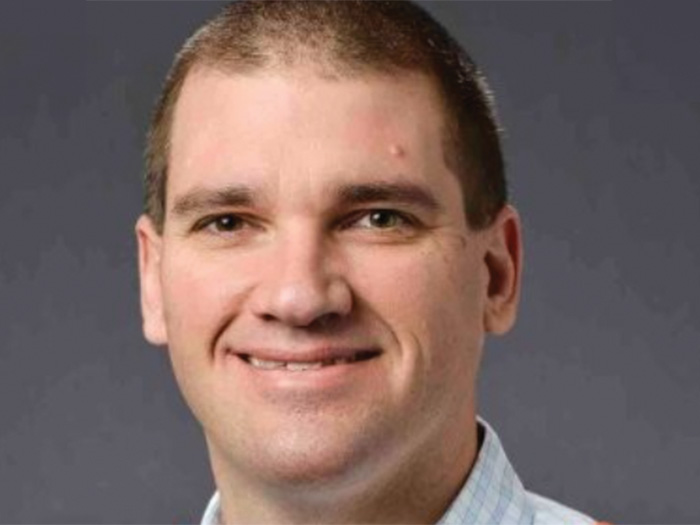2016 Power Broker
Utilities, Traditional
Broker and Commander
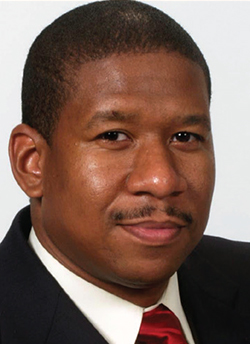
Tim Farward, ARM
Nuclear Client Advisor
Marsh, Philadelphia
The only thing more fraught with risk than bringing a new facility into operation is taking an old facility out of it.
That involves a large workforce, tight schedules and huge components that are worn from heavy use at high speeds and temperature extremes for decades.
But it helps to have Tim Farward, Marsh’s U.S. Nuclear Energy practice leader, in your corner.
“Tim was essential to helping us develop a strategy with respect to the decommissioning of some of our facilities; to balance loss control measures against both risk and cost certainty,” said the senior manager of insurance at a large client.
“Tim was also instrumental in analyzing the efficiency of the various levels of our insurance structure to determine areas in which we could increase the level of risk retention with minimal increases in our exposure,” as the company adjusted its generating fleet, the manager said.
Beyond the ins and out of electricity generation, there are also the nuts and bolts: literally.
One of Farward’s clients, a company involved in parts and services for large power plants, completed the acquisition of another firm in the same sector. Given the continuing risks of components and services, both companies carried extensive risk-transfer programs.
Both also had international coverage. Farward was able to consolidate the two into one program that was actually simpler and less expensive than the two pro-forma placements.
Finding New Markets Abroad
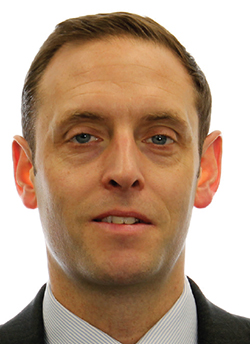
Robert Hale, ASLI
Chief Broking Officer
Aon, London
After an electric utility company faced a breakdown of its generator unit — something the client called “just bad luck” — it assumed that premiums would skyrocket and its years of being claims free would be forgotten.
But Robert Hale, head of operational power at Aon, had other ideas. He suggested that the company negotiate a two-year rate reduction guarantee using markets in London.
“I almost laughed when Rob suggested it,” the client recalled. “I didn’t even know it was worth pursuing.”
Hale was able to show insurers that the company had first-rate safety procedures and reminded them that claims weren’t the norm.
After a successful renewal, the client touts Hale’s expertise and considers him part of the team.
“Rob represents us in the London property marketplace. That’s not something we take lightly. We have full confidence in Rob as our ambassador.”
For a British energy company, Hale created the first cross-class policy for all property and casualty insurance coverages with common carriers across all programs taking equal shares of the risk.
In the end, 11 insurers participated in the combined corporate program — down from more than 30 — while the casualty risks were placed with four of the core carriers from the property panel. It led to a 20 percent premium reduction — and a very happy client who moved from “a siloed, unwieldy program” that didn’t maximize buying power to a combined program that was efficient and easy to manage.
Table Stakes
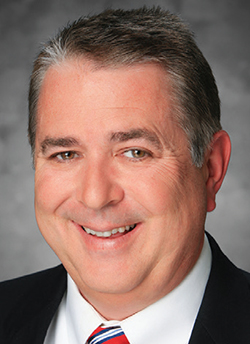
David Nichols, AIC
Senior Account Executive
Aon, St. Louis
Picture James Bond, steely eyed at the baccarat table, asking the dealer to raise the limit.
Of course underwriters are business people, not Bond baddies, but David Nichols of Aon must have tapped a bit of that sangfroid when a client had a major increase in total insurable value and Nichols went to carriers seeking a flat premium.
He got it. Baccarat, Mr. Bond. You win again.
“We had a 20 percent increase in value on our property,” said the insurance and risk manager.
“Now, the property market was sort of soft in 2015, but 20 percent on TIV is huge. David led the renewal. He argued that the appraisals from the outside firm were high, and the underwriters agreed.
“He had engineers to respond to all the exposure concerns that the underwriters had. David drove home the point that actual exposures had not changed, and he got us a flat premium. No changes or new coverage.”
Beyond that sort of moxie, Nichols was also lauded for his light touch.
“He really helped us to simplify our program and build long-term relationships,” said the compliance and risk manager for another client.
“We started with a multi-tier program with something like 30 underwriters. He reduced that by about half, and did it under scrutiny from our multiple owners. It was like he had to justify every move.”
And then there were meetings to explain the changes to major investors as well.
“We got a rate reduction even as we decreased capacity,” said the risk manager.
An Instrumental Advocate

Christine Palomba
Senior Vice President
Aon, Providence, R.I.
There are plenty of new power plants around the country, but a whole new utility company is something novel.
The company’s risk manager said it is fortunate they had Aon’s Christine Palomba as their broker.
“We are a very acquisition oriented company,” said the client.
“She was able to place coverage for us when we bought our first asset, then our second. I just got off the phone for our renewal of the combined assets. We were prepared for a big increase.
“But Christine was able to convince the carriers that one plus one is actually less than two from a risk-transfer perspective. She was able to get our increase reduced.”
The risk manager confirmed that going into the merger, the two programs had very few similarities beyond two shared markets. There were different coverages, limits, and retentions with each company having strong preferences for maintaining certain aspects of their program.
Palomba has developed something of a specialty in taking utility exposures to market.
“She was instrumental in assisting our company in evaluating the need for increased excess liability limits this past year,” said one director of risk management.
“She successfully took our program to new markets and was able to place our new increased limits at a rate significantly lower than expected. We now have a viable market and have received exceptional rates for our program.”
Managing the Carrier

Julie Reinhardt, CIC, CRM
Senior Vice President
Marsh, Cincinnati
Sometimes what clients need most from their brokers is pure emergency management.
“Julie performed magnificently during a very challenging year for our firm,” said the head of global risk management and insurance at one company.
“We had some high-profile liability claims and exposures that received negative scrutiny [and publicity]. That was the perfect opportunity for underwriters to introduce extreme premium hikes, as well as impose onerous terms and conditions.
“Julie creatively managed the insurers’ expectations and tenaciously negotiated a renewal program that contained no surprises. Premium levels that she achieved in 2014 were maintained into 2015 and our coverage was improved.”
Reinhardt is just as engaged when there’s no crisis to manage. “Julie is very active with the mutuals,” said the risk manager of a mid-sized company.
“There were a lot of changes in the sector this year, and several times she got in touch with me this year on her own time from the road — when she was at meetings or events — with alerts on developments. Not just news that I would hear eventually anyway, but insight specifically tailored to me and my company, based on her knowledge of our policy.”
The risk manager explained things like that might seem small, but they made a significant difference in her operations.
Surety in Surety
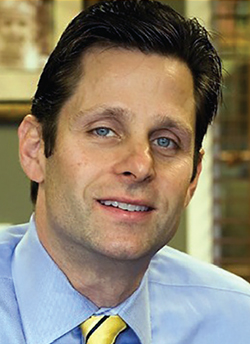
Matthew J. Rosenberg
Principal
Rosenberg & Parker, King of Prussia, Pa.
A longtime client had an unusual request for Matthew Rosenberg: a complete surety review for a merger in which not everything was sure.
The main challenges in the combination, the client detailed, were to determine appropriate revisions to the current indemnity agreements based on the changes to the organization, negotiating the necessary revisions with the current sureties and receiving approval for these revisions from the various legal organizations involved.
“As you can imagine,” said the finance and treasury manager of one of the two big utilities involved in the transaction, “we had two legal teams to deal with.
“When you have two legal teams reviewing documents you get two sets of comments.
“We brought Matt and his company on to start providing surety so that way we could revive the indemnity agreements for the surety in time for an unknown merger date,” said the client. “We had to get indemnity agreements revised for dealing with changes in an organization that was a moving structure.
“Matt and his team had to assess and complete any and all activities related to the combination of the surety programs. We have a significant amount of surety bonds due to our construction-related subsidiaries performing work for a number of municipal organizations. Also, we have a couple of sub-construction companies that were different than the usual utility arrangement.”
![]()
Finalist:

Paul Whitstock, CPCU
Managing Director
Marsh, Washington, D.C.





